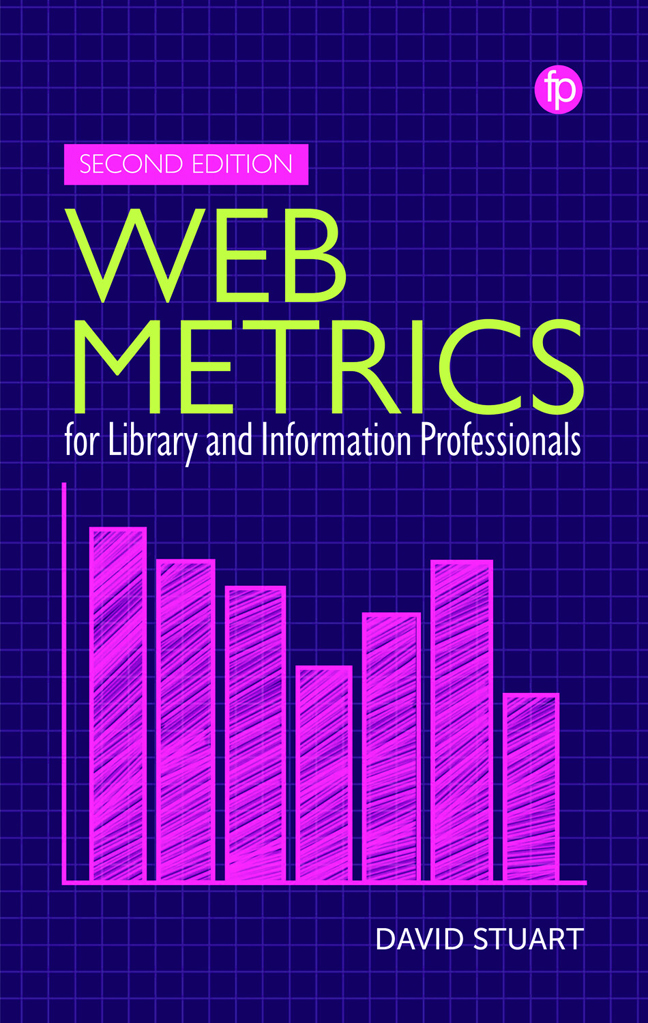Book contents
- Frontmatter
- Contents
- Figures and Tables
- About the Author
- Preface to the Second Edition
- 1 Introduction
- 2 Bibliometrics, Altmetrics, Web Metrics and Webometrics
- 3 Data Collection Tools
- 4 Evaluating Web Impact
- 5 Evaluating Social Media Impact
- 6 Relational Web Metrics and Social Network Analysis
- 7 Web Bibliometrics
- 8 Web Metrics for Data and Code
- 9 The Future of Web Metrics and the Library and Information Professional
- References
- Index
- Frontmatter
- Contents
- Figures and Tables
- About the Author
- Preface to the Second Edition
- 1 Introduction
- 2 Bibliometrics, Altmetrics, Web Metrics and Webometrics
- 3 Data Collection Tools
- 4 Evaluating Web Impact
- 5 Evaluating Social Media Impact
- 6 Relational Web Metrics and Social Network Analysis
- 7 Web Bibliometrics
- 8 Web Metrics for Data and Code
- 9 The Future of Web Metrics and the Library and Information Professional
- References
- Index
Summary
Not everything that can be counted counts, and not everything that counts can be counted.
William Bruce Cameron (1957)Increasingly every organisation, profession and service is subject to a mounting number of metrics and performance indicators. League tables are no longer reserved for the winning and losing of sports teams, but are used to make comparisons between a host of different bodies, from hospitals and schools to train companies and police forces. As the COVID-19 pandemic swept across the world in 2020, it was not just the number of coronavirus cases or deaths that gained public attention, but also how countries measured up against one another.
The growth and interest in new metrics and indicators has been facilitated by the growth and interest in the web, open data and data science. Firstly, the web facilitates the sharing of established metrics and data. Enter a term of your choice in Google's Dataset Search (http://datasetsearch.research.google.com) and you’re likely to be met with dozens of associated data sets, whether you’re interested in the latest contagious disease or in taxidermy exports. The web also enables the soliciting of new data. Web services have facilitated the ranking of politicians according to their ‘hotness’ and professors according to their helpfulness.
At the same time increasingly sophisticated data analysis and visualisation software has become widely available. At the most user-friendly end of the scale, a service such as Google Public Data (www.google.com/publicdata) provides a simple front end to a wide range of public data, while at the other end of the scale those willing to experiment with programming will discover an increasingly large set of libraries and packages that enable your data to be analysed and visualised however you want.
Most importantly, at least from the perspective of this book, the web provides new media for analysis. In the same way that the traditional media of books and journals provided the basis for new metrics, such as the number of books published in a country or the number of citations a journal receives, so the new media of web pages, blog posts and Twitter updates provide the basis for a host of new metrics. These web metrics can be far richer than those associated with traditional media as a greater variety of data can be collected at increasingly fine levels of granularity.
- Type
- Chapter
- Information
- Publisher: FacetPrint publication year: 2023



